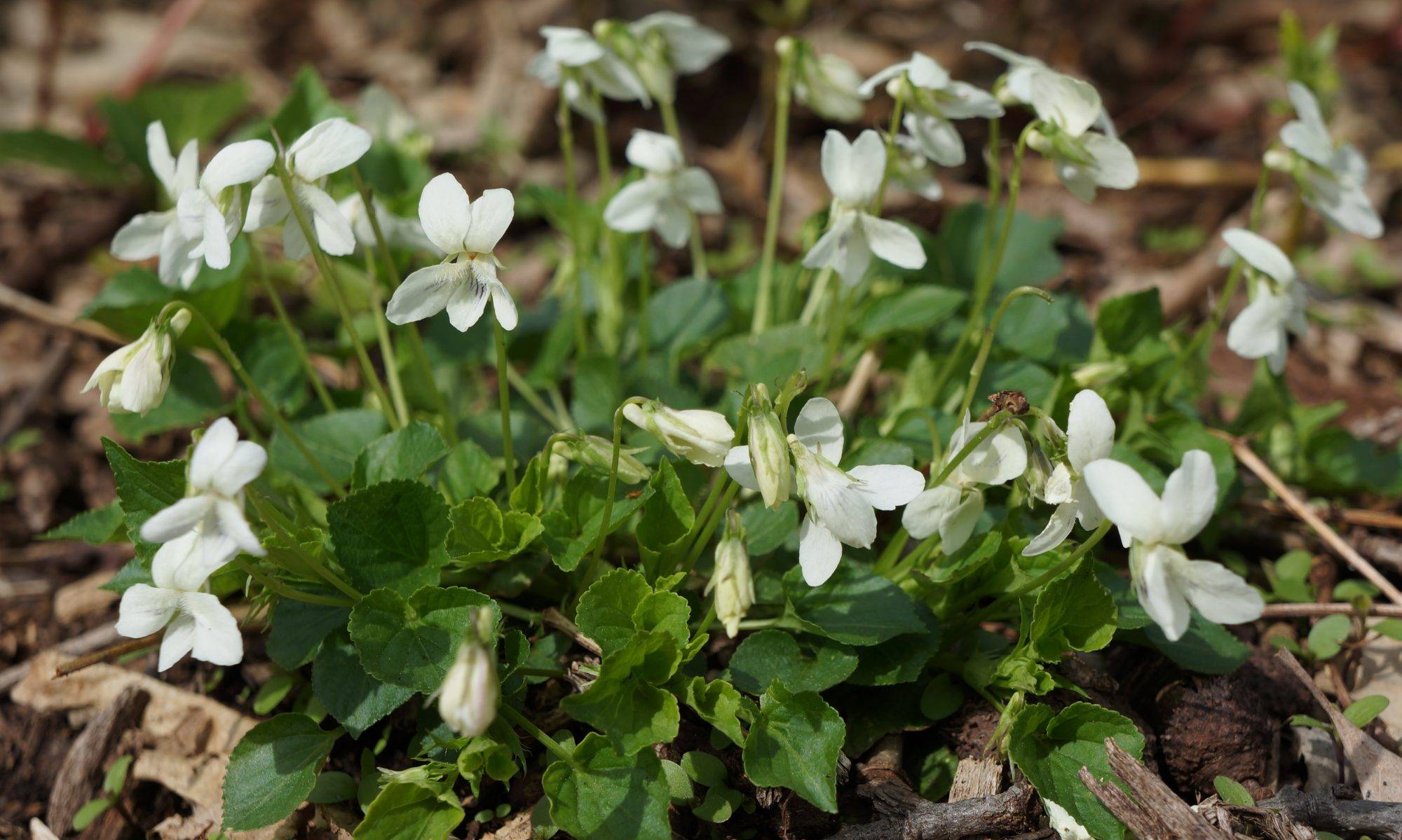Shrubs and trees
In most areas it is still possible to do dormant spraying of fruit trees until the 15th, after that date dilute the spray by 1/2. Spraying should be done on a still day with the temperature above 40 degrees F.
Late March and early April is a good time to transplant shrubs and trees. As soon as the soil is workable, but before buds have swelled or broken open, you can move shrubs and trees.
Fertilize shrubs and trees if this wasn’t done in February. Use an acid type rhododendron fertilizer to feed evergreens, conifers, broad leaf evergreens, rhododendrons, azaleas and camellias. Use an all-purpose fertilizer to feed roses and other deciduous trees and shrubs. If you use granular type fertilizers, be sure to water it in thoroughly.
Finish pruning fruit trees this month – before the buds swell.
Perennials, annuals, and bulbs
There is often a strong temptation to start removing winter mulches from your flower beds…. WAIT!!! Pull the mulch off gradually as the plants show signs of new growth. The purpose of winter mulch is to act as a protector from sudden changes of temperature and chilling winds, so keep in mind that it is still winter. Acclimatize your plants by removing the mulch over a period of days, allowing the light and air to reach the new growth slowly. It is much better to remove the mulch a little later than to remove it to early.
Roses can be pruned this month. Severe pruning results in nicer long stemmed flowers and more compact bushes. Begin to spray roses for blackspot.
Feed roses.
Sow seeds of summer blooming annuals indoors.
Seeds which were started indoors last month may be transplanted from the flats into peat pots and given dilute fertilizer.
If you have a greenhouse, it is time to take cuttings of ‘wintered over’ plants such as Coleus, Chrysanthemums, Geraniums, and other perennials.
Alternating thawing and freezing can tear plant roots and even force the plant right out of its hole. If you notice any plants that have heaved, push them back into the earth, and tamp lightly with your foot.
Divide and transplant summer blooming perennials and fertilize established ones as soon as new growth appears.
Plant tender bulbs and tubers (gladiola, lilies and dahlias). You may continue planting additional bulbs every two weeks until mid June to ensure a continuous source of bloom.
Prune winter Jasmine after flowering; cut honeysuckle back to 3ft.
Cut back established penstemons. Divide snowdrops while in leaf.
Remove all dead blooms from bulbs.
Fertilize any bulbs that have finished blooming with bone meal or bulb booster.
Plant Primroses and Pansies.
Pinch off tips of Sweet Pea seedlings and Mums, when they are 4 inches tall.
If you haven’t been monitoring it, turn your compost pile now. Dampen it and begin turning it regularly to get it to heat up so you can enjoy the production of good compost faster. If you haven’t started a compost pile, start one this month.
Deal with pests now. A lime sulphur spray is organic and protects against scales, mites, and borers on fruit trees, roses, and shrubs as well as black spot and powdery mildew. It’s a dormant spray, so apply before the middle of the month when many plants begin to bud out. (Protect your house; it can spot brick, stucco, and leave spots on paint.) After they begin to bud, a Bordeaux mixture of copper dust can be used. Always use any compound—organic or otherwise—cautiously according to the manufacturer’s instructions.
Get those weeds while they are little. Use a flame gun to spot kill weeds while they are small or pull by hand. Vinegar or boiling water also work to kill weeds and don’t leave problems behind. Avoid using salt, because it will ruin the soil.
